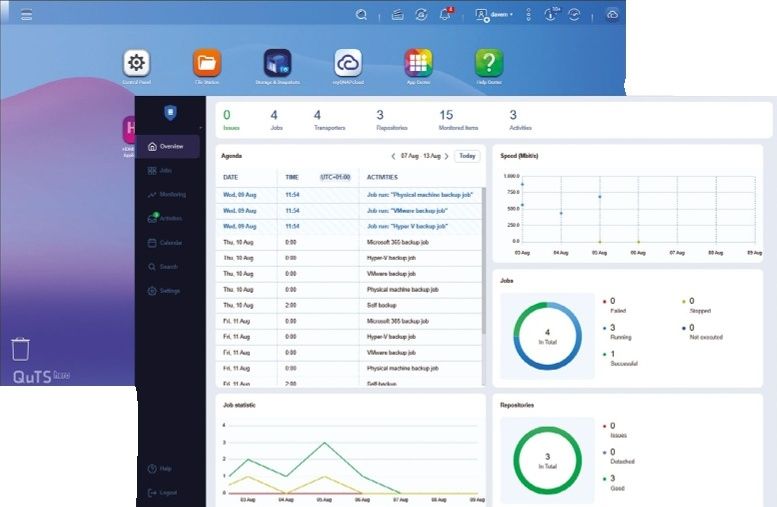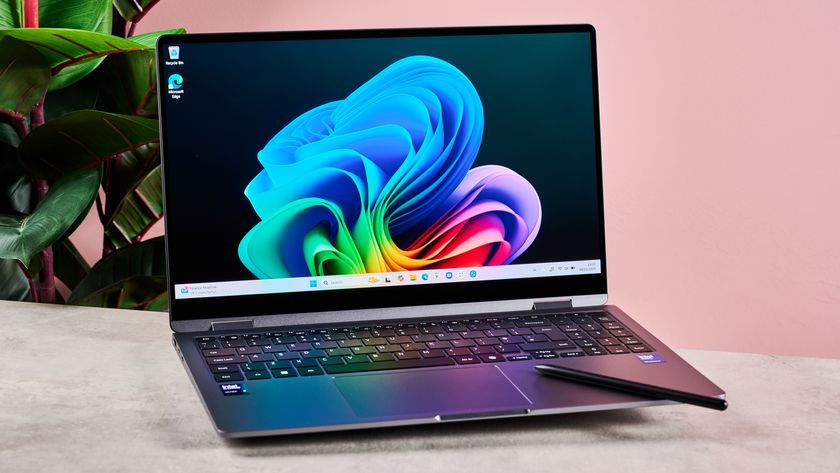Why you can trust TechRadar
Panasonic FT3 Review: Build quality & handling
The design of the FT3 departs a little from that of the previous FT models, with a more defined grip around the front and the mode dial dropped in favour of button- and menu-based operation. The movie recording button has also been relocated to the top plate, now sitting next to the newly-implement GPS unit in the former spot of the zoom rocker, which itself is now found on the back of the camera in the guise of two separate buttons.
Panasonic has also fashioned the FT2's plus-shaped menu pad into the more traditional rounded design, and placed the speaker which was previously found on the top plate directly above it.
The camera's solidity is immediately noticeable when handling it the first time, and the user is notified whenever the camera senses the side door is unlocked. All of the camera's buttons are responsive and travel well, although the two zoom buttons require a little extra pressure.
Some may find the steady pace of the zoom a little too slow for more spontaneous stills captures, but this steady pace is visually pleasing during movie recording and helps to keep everything in focus.
The menu system is also different to those found on other Lumix models, presumably to make it easier to use underwater. In place of a usual tabbed system, the FT3 offers individual icons for access to different parts of the menu.
The combination of black text on a white background make each list of options easy to read, and descriptions are also provided for all functions should you stumble into unfamiliar territory. Finally, while the LCD's specifications are fairly basic on paper, the screen is noticeably superior to equivalent types on cheaper models, exhibiting good detail and a more than satisfactory viewing angle. It also adapts promptly to any changes in scene brightness, while lagging is only really noticeable at longer focal lengths, which is somewhat expected.
Current page: Panasonic FT3 Review: Build quality and handling
Prev Page Panasonic FT3 Review: Overview Next Page Panasonic FT3 Review: Performance











